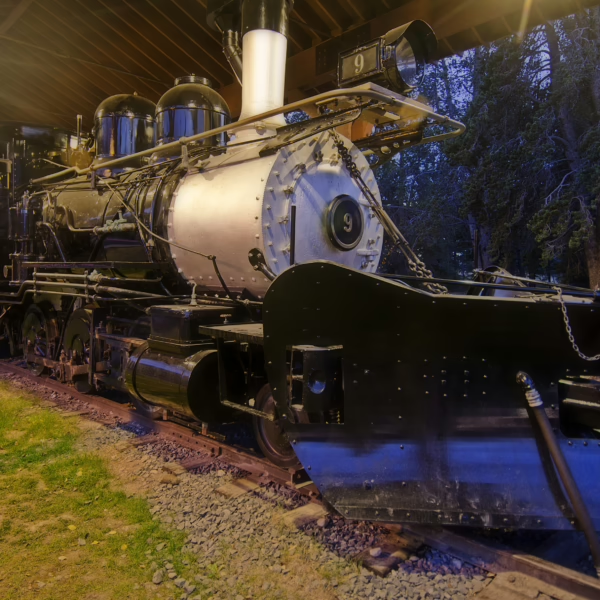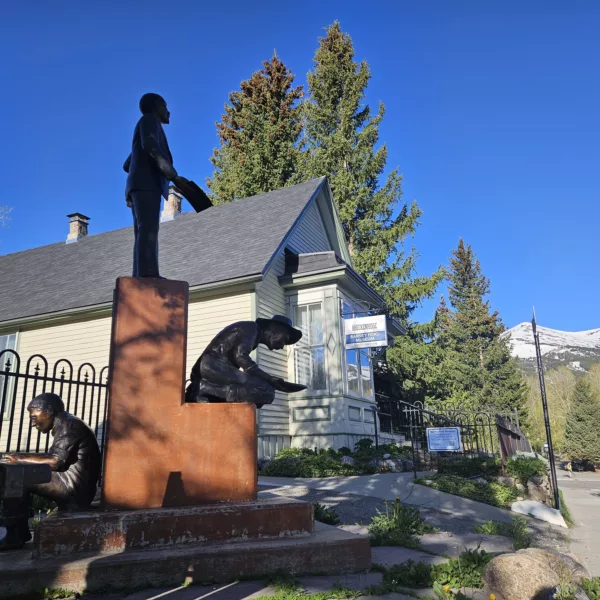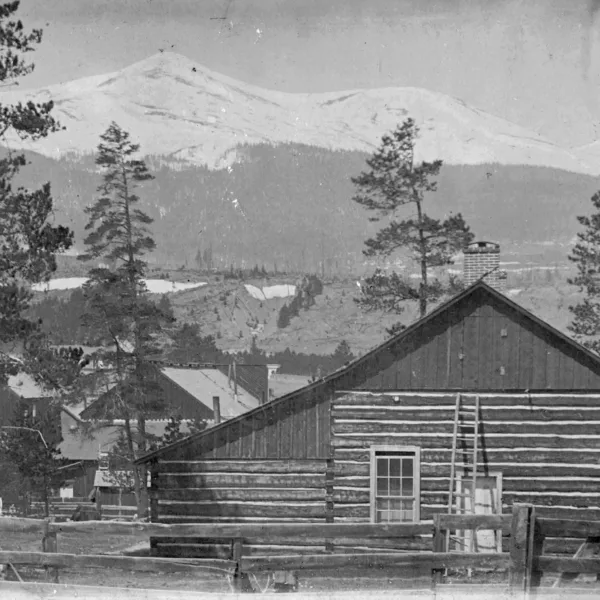Population of Summit County
April 08, 2022 | Category: Breckenridge History
The population of Summit County and its towns rose and fell with the fortunes of mining.
From an initial estimate of “hundreds” in the county in 1860 during the first gold rush, the number dropped to 258 by 1870. With the second boom in 1880, the number of residents grew to 5459, only to drop to 1906 by 1890 because of the looming national silver crisis. Dredging operations and a revival of placer mining at the turn of the century brought the number to 2744 in the 1900 census.
Census date for Breckenridge show the same growth and decline pattern: a total of 51 in 1870; an increase in 1880 to 1657; a decline to 714 in 1890; and by 1900, a rise to 976.
Some in Breckenridge claimed northern European ancestry, but most were native-born. Of those residing in Breckenridge in 1870, 37 were born in the United States; 14 on foreign soil.
In Summit County in 1870, the native-born population arrived mainly from Ohio, New York and Pennsylvania. These same three states plus Illinois led the list in 1880. In 1885, those born in Colorado now outnumbered those born in Pennsylvania and elsewhere.
The foreign-born in Colorado in 1860 came from, in descending order, Canada, Ireland, the German states, England and Scotland. By the 1870 census, not much had changed. The Irish, escaping the potato famine, now ranked first; then the Germans, the English, and in fourth place, the Canadians. In 1880, the English took first place; then the Irish, Germans and Canadians in descending order. The German Empire by that time had united the German states, principalities and kingdoms. If Wales, Cornwall and England are considered as one along with Canada and Ireland, then these areas sent the greatest number of immigrants to Colorado in 1860, 1870 and 1880.
Breckenridge and Summit County followed national trends. Foreign-born residents in the county arrived mainly from northern Europe. The 1870 census listed 11 from British America (Canada), 28 from England and Wales; 14 from Ireland; three from Scotland; 27 from Germany; three from Norway and Sweden and two from Denmark.
Gold fever hit London hard, resulting in a large migration to Colorado. One writer called Colorado “England beyond the Missouri.”
In Cornwall, poor working conditions, starvation, low wages, poor management of the mines and growing unemployment pushed the Cornish miner to the US. First settling in the eastern states, the Cornish eventually brought their skills and expertise to Colorado and Summit County. The presence of certain social organizations and religious institutions tells of the Cornish who lived in Summit County: the Masons, Knight of Pythias, Independent Order of Odd Fellows, and, of course, the Methodist Church.
A substantial number of immigrants claimed Germany as “home.” Many arrived in Summit County with no plans to work in the mines. They felt that finding a stable economic future rested in applying a trade in places other than the mines. They became carpenters, saloon keepers, merchants or boardinghouse proprietors. So many Germans lived in Colorado that for 12 years (1877-1899), the state printed its laws in German as well as in English and Spanish. They did not abstain from card playing, dancing or drinking, even on Sundays–restrictions strictly observed by the Cornish Methodists.
Many residents perceived the Chinese as a threat to miners and merchants as well as to the general economic environment of the area. Thus they did not welcome the “Celestials.” The newspaper editor wrote that they would “drive out white labor, empty the schools, cause merchants to carry little variety and cheap goods, and make the efforts of the last 20-plus years meaningless. It would be better to let the placers lie idle than bring the Chinese to work them.” He editorialized, “Let those here stay but let no one else in.”
Chinese workers engaged in placer mining in French Gulch; on Barney Ford Hill at the head of Mayo and Illinois gulches, and south of Breckenridge, along the Blue River. In 1888, when Chinese arrived to work some placers near Lincoln, the newspaper editor commented that “Chinese were not required and none would be tolerated.”
Despite the animosity directed toward the Chinese, the Journal editor wrote about the Chinese New Year in very friendly terms, mentioning that Choy, who worked at the laundry, gave candies and nuts to the children in town.
No Chinese were counted in the Colorado census of 1860; the number grew to 7 in 1870. None lived in Summit County. By 1880, 601 lived in the state. All 19 in Summit County worked in laundries. Five years later, the number had grown to 21 in the county; 17 worked in placer mines; two worked as dishwashers and two worked in laundries.
As a rule, Chinese did not bring their families. Because Chinese women would not willing leave their homeland, researchers estimate that as many as 90 percent of the Chinese women in the United States were prostitutes. Many had been kidnapped or sold as indentured servants, sometimes even when still babies. Once in a mining town or camp, a Chinese woman had little opportunity to mix with other women in the community. Subject to the wishes of her husband, she spent her days doing laundry or sewing or ironing. Because Chinese men would not marry non-Chinese women, many prostitutes became wives to older Chinese men. In the 1880 Breckenridge census, one Chinese woman appears: Lee Cum, age 25, the wife of Lee Chun, age 52. Both worked in a laundry. Was she a prostitute who later became the wife of the much older man?
Those of Italian origin were no more welcome than the Chinese. The headlines screamed “Dealing in Dagoes — the Importation of 100 Organ Grinders Created Considerable Excitement” when the Pence-Miller Placer Company on the Blue River hired Italians to dig a ditch. Even after the turn of the century, some formal correspondence from county officials referred to Italians as “dagoes.”
Very few African-Americans lived in Summit County. The newspaper editor noted that so many “Darkies” worked placer mines in 1860 in Utah Gulch, one mile east of Breckenridge in French Gulch, that the gulch had been renamed for them. In 1885, the census counted five free African-Americans out of 258 county residents.
As would be expected of early mining towns with few amenities, young, unmarried males dominated. Those less bound by family and finances could more easily head west. Only later, as the towns grew, did females and children make up a larger portion of the population. In Summit County, between 1860 and 1885, unmarried single men composed the largest part of the population. Married men quite often came without their spouse or family. Generally, though, merchants and professionals brought their families. They expected to remain and build the town and economy rather than find their fortune and return “home.”
written by Sandra F. Mather, PhD




